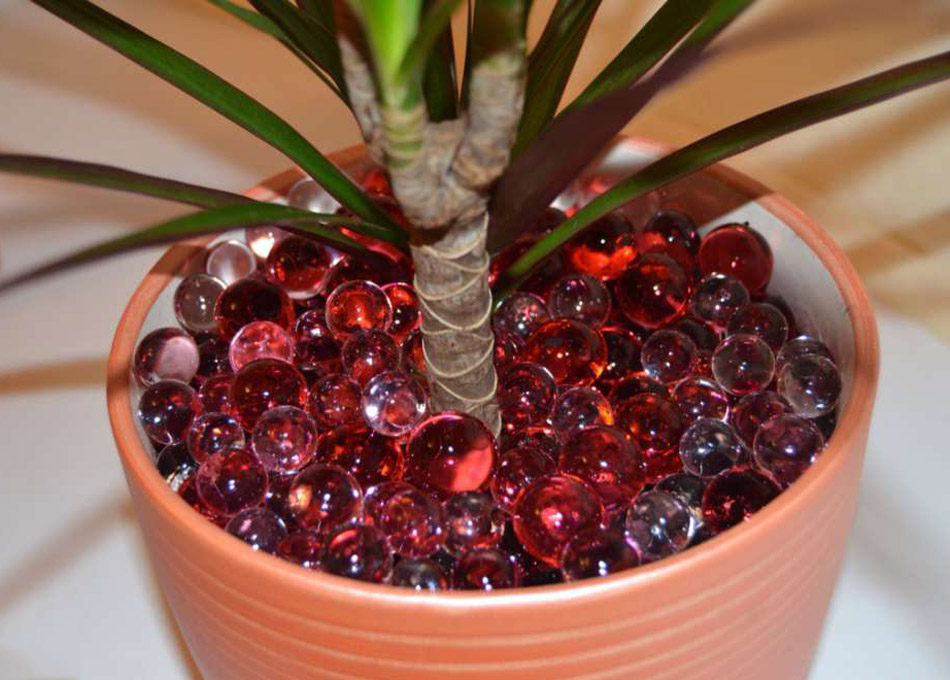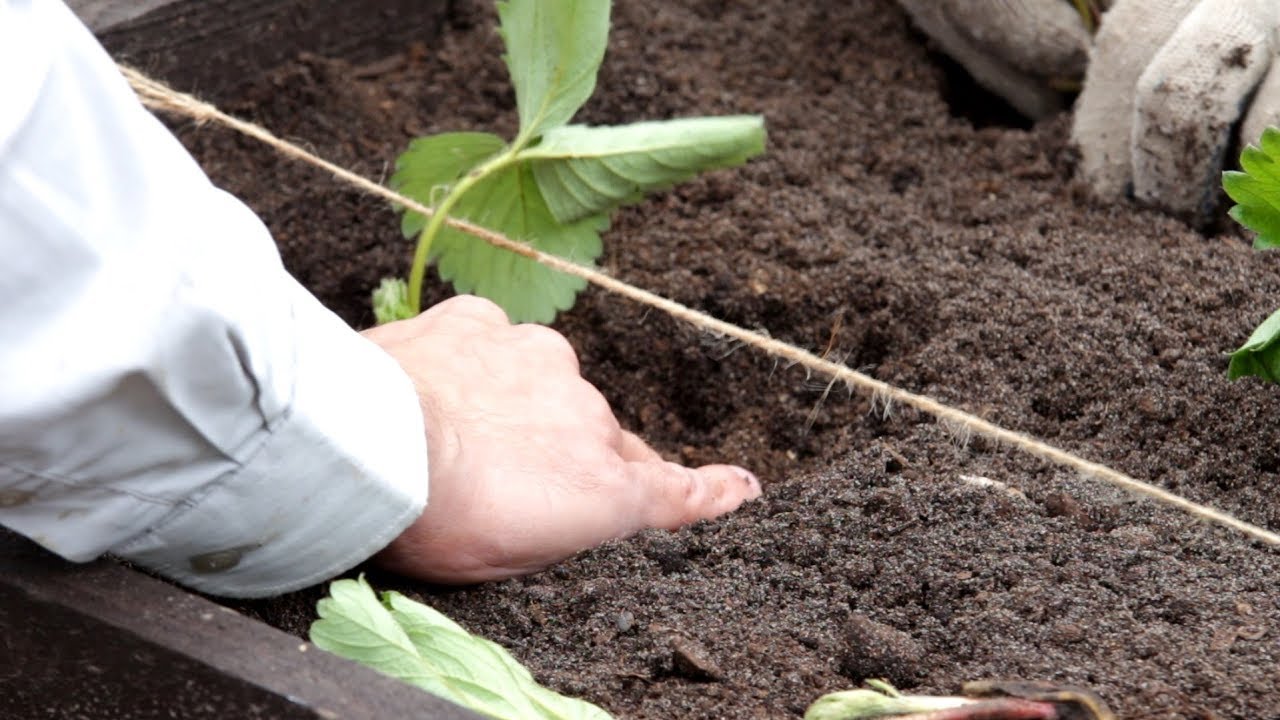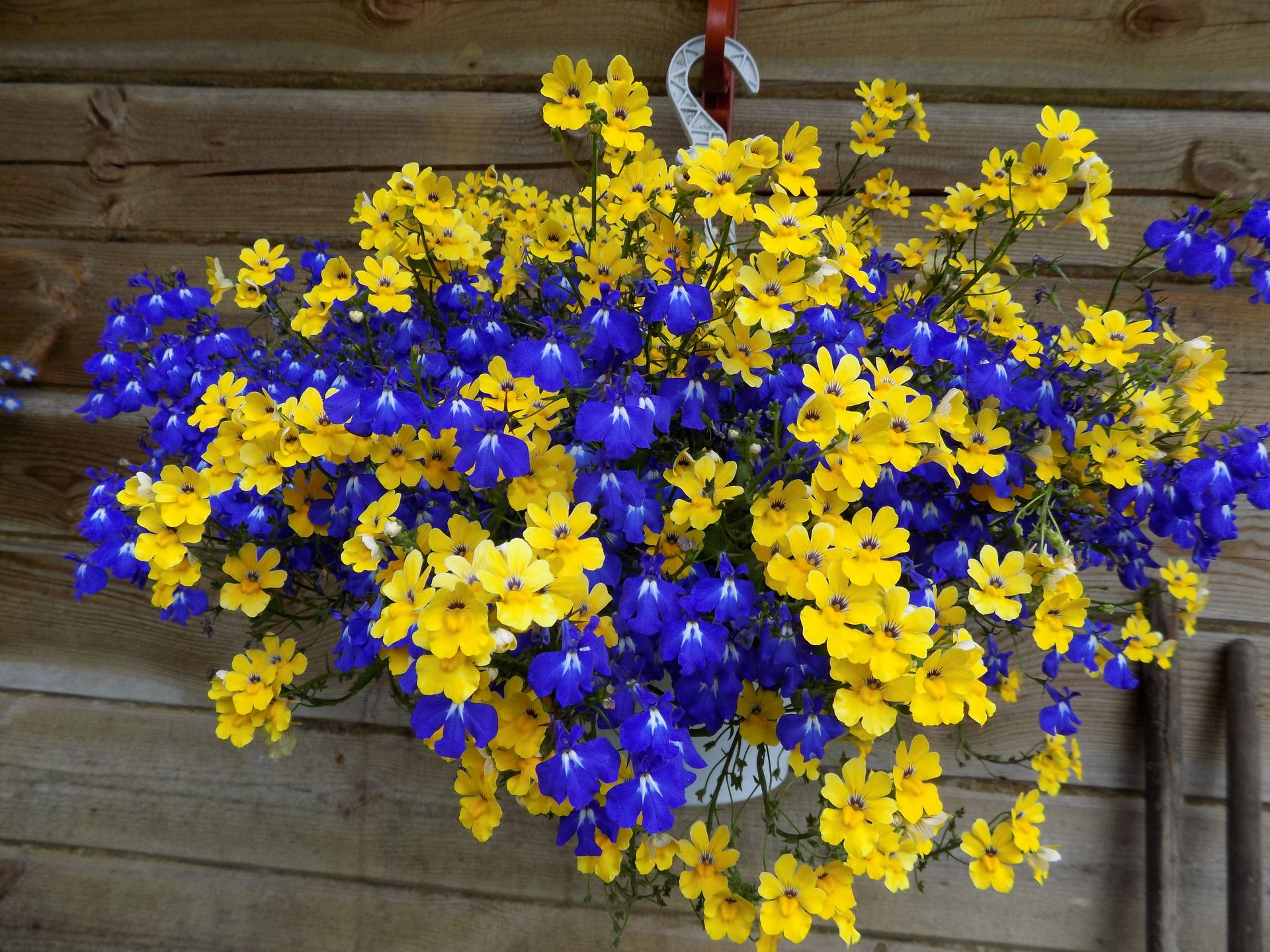Sometimes indoor plant lovers are stopped by the very thought of tinkering with the earth, since this process will necessarily be followed by a good and troublesome cleaning. However, the earth can be replaced with other soils that do not harm both plants and humans, serve for a long time, and look very aesthetically pleasing, in a designer way. There are not many alternatives, but they are.
Hydroponics

Hydroponics has become widespread in phytodesign for vertical gardening. Often used to create green walls in offices. This is both a decoration for a boring office space, and its additional humidification, especially when the heating is on.
Using hydroponics, greens are grown in an artificial environment of nutrients and water. The disadvantage of this method is that the roots are injured during planting, so the plants often die. In addition, due to the large amount of nutrients in the liquid substrate, plants develop very intensively, but do not live long.Therefore, you need to be prepared for repeated greenery changes.
Using hydroponics at home is, unfortunately, an expensive pleasure that not everyone can afford.
Hydrogel
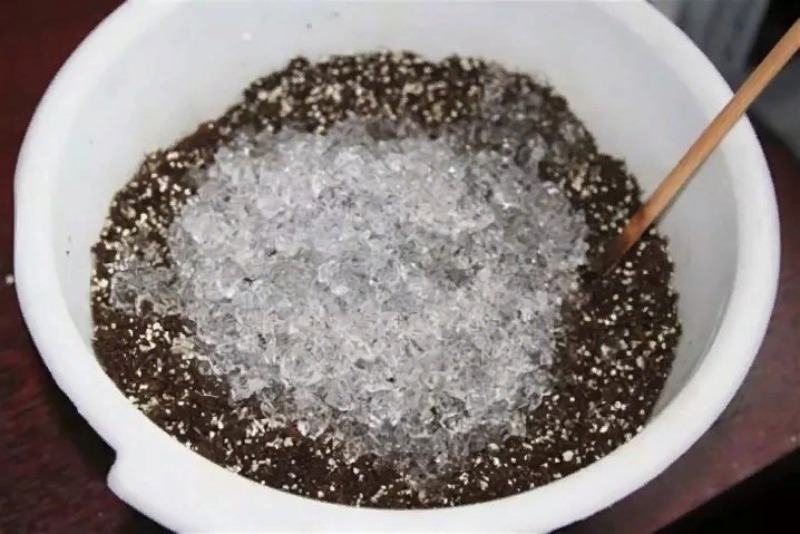
The hydrogel is used not for a complete replacement of the earth, but for a partial one. It is a polymer sold in the form of transparent granules or powder. You can also find a multi-colored hydrogel.
It is used by plant breeders to maintain moisture in the soil at the proper level, preserve nutrients in the soil obtained with fertilizers. The hydrogel particles are first saturated with water, then added to the soil in pots, beds or pots. Plant roots germinate through the hydrogel, thus creating a drip irrigation effect.
Soil "Seramis"
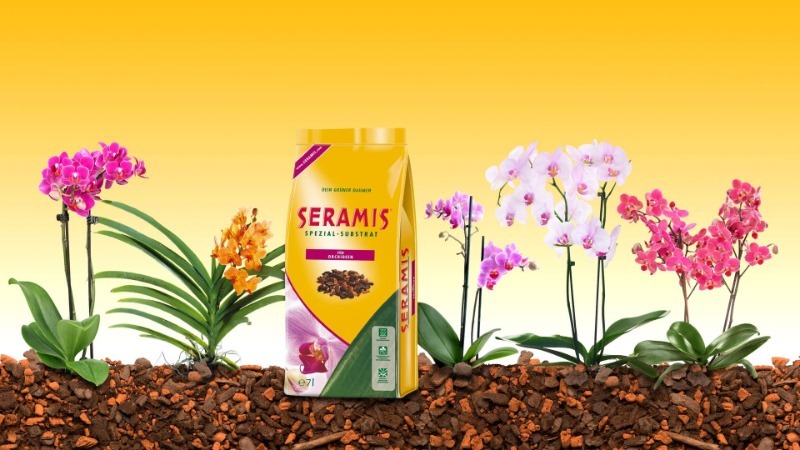
This is an excellent option for those who often leave, but there is no opportunity for watering indoor plants. Unlike hydrogel, Seramis soil can completely replace earth. It looks very decorative, especially in transparent pots.
The soil is clay granules, which, when irrigated, absorb water more than their own weight, as a result, if necessary, saturate the roots with moisture. The pores of the granules provide excellent aeration. The plant is securely fixed in this soil.
The cost of "Seramis" pays off due to long-term use: the soil does not lose its own qualities for a long time, it can be used repeatedly.
One of the advantages of this substrate is that its granules do not cake, so there is no need to frequently replant plants. But if, nevertheless, such a need arose, then just pour a little soil into the pot. You can transplant with an earthen lump, the roots will not be damaged.
The use of the substrate eliminates the need for the formation of drainage in the pots. In "Seramis" midges, bacteria and mold do not start, therefore the appearance of an unpleasant odor is impossible. Top dressing in this case is no different from feeding plants planted in ordinary soil. You can water the soil only 1-3 times a month, which is very convenient.
Additionally, you should purchase a moisture indicator to monitor the moisture level in the root system zone.
For cultivation in such a soil, planters made of ceramic with glaze, plastic, outdoor clay soil or composite marble are suitable.For better resistance of plants, the height of which is 150-300 cm, it is necessary to mix "Seramis" with heavy soil in a ratio of 3 to 1.
Lechuza granules
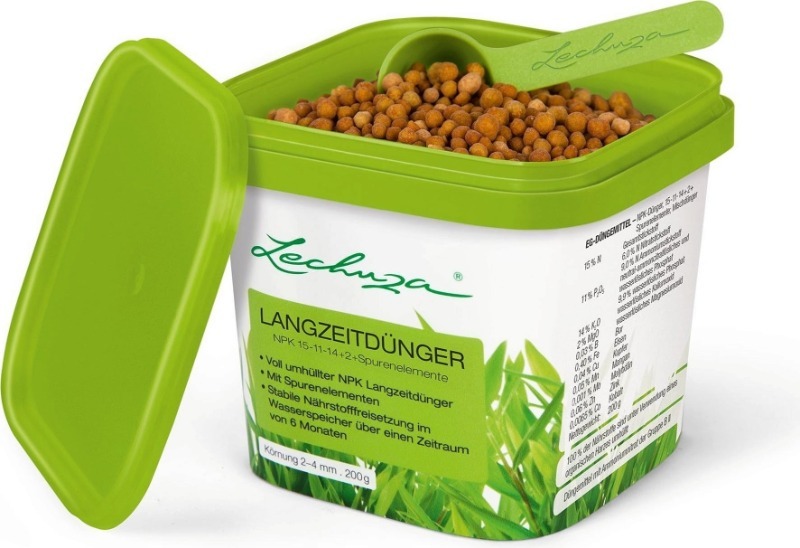
This is the German analogue of the earth, which has two types. TERRAPON consists of humus, pumice and crushed expanded clay. The main advantage is that the granulates do not need to be fertilized. PON includes zeolite, pumice and volcanic rock. Typically used for succulents or as a drainage layer. In both types of soil, top dressing has already been laid, which is enough for a year. This primer is suitable for lazy indoor plant lovers who want to keep flower maintenance to a minimum.
Regardless of which soil you use to replace regular soil, growing and caring for indoor plants will save time, effort and add more positive emotions.
